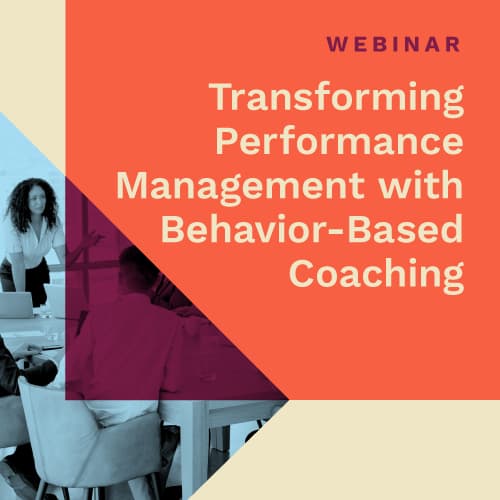Today, the cutting edge is becoming commonplace. We see the cutting edge in business through exponential growth in the utilization of automation, robotics, and apps for our electronic devices. These robots and automation technology are performing surgeries, using voice automation, creating liver tissue through 3D printing, delivering packages using robots and self-driving cars, and cleaning our houses. Leaders need to be agile because change and innovation are accelerating.
Leadership, strategy and disruption
That doesn’t mean we let go of the tried and true but we also have to consider the try and fail (to experiment and learn). Organizations are investing in automation. A study by Accenture, of managers (executives, mid-level and front-line), believed that 54% of their time was on responsibilities considered as administrative coordination and control – repetitive work that can and will be automated. As we move towards a more automated future, managers will need to focus less on repetitive tasks that can be automated and more on strategic thinking, collaboration, data interpretation, and innovation. In addition to process automation, industries and organizations are being disrupted through platform innovation. Just ask the taxi industry how Uber and Lyft disrupted them, ask retail stores how Amazon is causing disruption and ask the hotel industry the disruption caused by Airbnb.
Mindset in leadership coaching
As a teamwork engineer and a leadership coach, I work with organizations that are considering these innovation opportunities. These organizations know they must invest in their leaders to drive the organization’s strategy of the future. One of my clients wanted to understand more about the mindsets of each other -- key executives and senior leaders. As an early implementer of the Birkman Mindset Report, this was a great opportunity to help these leaders learn about how each of them perceive themselves vs. what they expect from the world around them (their mindset) and the impact of their collective/team mindsets might be having on the pace of change and innovation. The following is what these leaders learned about their mindsets:
- This organization’s executives placed value on the tried and true in the services they deliver to their customers. They believed that innovation was necessary in how they deliver traditional services, not in what services they provide. Their mindset was that they tend to see themselves as being similar to what they expected from the world around them – which instinctively favors traditional and familiar approaches until a case can be made for change that would disrupt the status quo. The senior leaders (each reporting to one of the executives) had a different mindset – one that is more naturally enthusiastic about change and open to people that think differently than them.
- These senior leaders also had a mindset that reflected a positive view of their capabilities, even more positive than what they expect from others. The executives had a somewhat different mindset. They are also confident in their own capabilities but have a more positive belief in others around them. As a result, they have high expectations of those under them to deliver at a level and pace that they would expect of themselves – which can sometimes result in being disappointed when more/faster was expected.
What's at stake? Future organizational performance
This wasn’t your traditional team building using personality/behavior data that looks at how individuals communicate, collaborate, plan, take charge, or make decisions. This was about how their mindset and perspective were impacting the team’s approach to how they would serve their market in the future.
These differences in mindset for this leadership team was impacting the expectations that both executives and senior leaders had of each other. As a result of this team building event to share their individual Mindset reports, these leaders committed to investing more time in their joint leadership meetings to discuss the expectations and needs of each of these leadership levels in driving change through cross-functional collaboration. In my observation, they are making considerable progress, and several cross-functional innovation initiatives are advancing as expected.
Personality and mindset aren't quite the same
I have been using personality and behavior data for more than 30 years to help executives, managers and front-line staff grow and develop both individually and collectively as a team. This data allows for my clients to understand more about how different behavior components interact within themselves, and socially across the organization. It's been instrumental in creating team building opportunities that empower individuality within the whole.
With Birkman Mindset data, I've been able to take my coaching practice further, with a tool that allows us to address the why behind individual behavior -- something deeply ingrained, that is invisible, consequential, and drives each personality. My clients today need to continue growing both individually and collectively. But with a better understanding of their individual and leadership team mindset, they will be better prepared to deliver on a strategy of the future -- one that might even be cutting edge.

